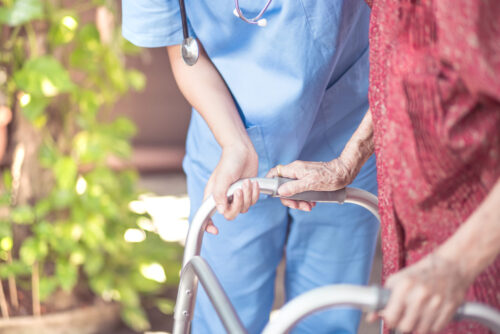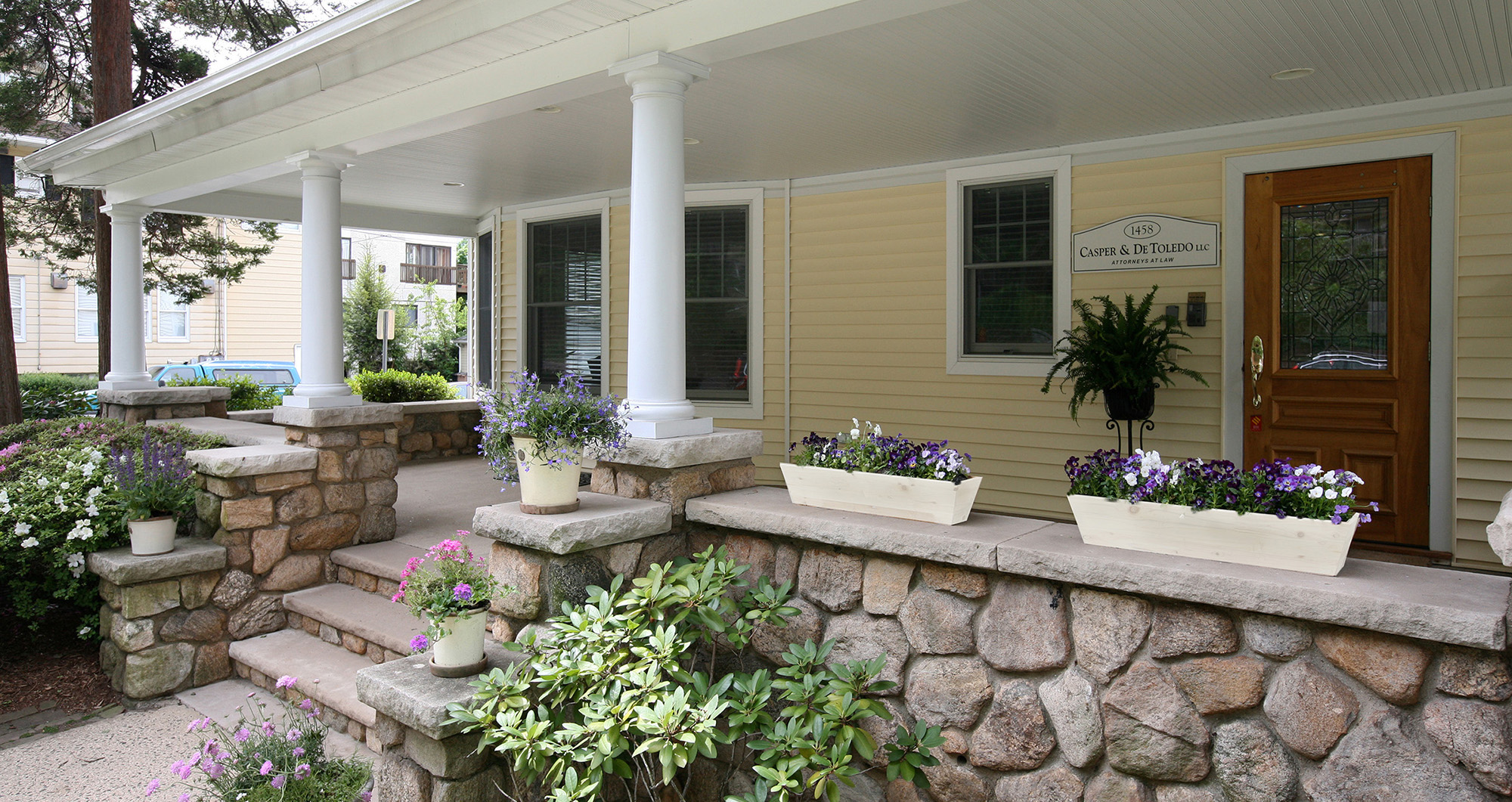
Thousands of nursing home residents are injured in accidental falls each year. In fact, according to information published by the Centers for Disease Control and Prevention, between one-half and three-quarters of nursing home residents in Connecticut fall each year. Fortunately, some of these injuries may be compensable by filing a personal injury claim against the person or facility responsible for your or your loved one’s fall. For more information, please read on, then contact an experienced Stamford, Connecticut nursing home and assisted living negligence lawyer today.


Do I qualify for compensation after a fall in a Connecticut nursing home?
Nursing homes and assisted living facilities have an obligation to meet the medical needs of their residents, many of whom already suffer from poor balance and/or cognitive difficulties. These risk factors should be considered in planning the care of the residents. In addition, both state and federal laws require that nursing homes maintain certain standards regarding patient safety and care. In the context of nursing homes, the standards for determining negligence are more complicated than the average personal injury claim. Nevertheless, the “concept of reasonable care” always applies – the circumstances dictate that which is reasonable. As a result, when falls are the result of non-compliance with the applicable state or federal regulations, the governing standards may be sufficient to establish legal liability for any losses incurred.
How does a fall occur in a Connecticut nursing home?
Any number of conditions, including nursing home neglect, might cause a resident to fall. Some of the most common causes are as follows:
- Lack of supervision
- Lack of handrails
- Failure to lock wheel chair wheels
- Exposed electrical cords
- Providing an activity that is inappropriate to the health and ability of a participant
- Inadequate lighting
- Unsecured facilities
- Misdiagnosis
- Medication errors
What injuries might you sustain from a nursing home fall?
When older adults fall, the resulting complications can be much more serious than if the same fall happened to a younger person. As a result, any time an older adult falls, the facility should conduct a thorough medical evaluation to determine whether the resident incurred any serious injuries. When the facility does not provide medical surveillance after a fall, that failure may be sufficient to establish liability for the resident’s injuries. Such injuries may include:
- Fractured hip
- Traumatic brain injury
- Spinal injury
- Other fractures:
- Wrists
- Elbows
- Arms
- Legs
- Ankles
- Feet
- Collarbones
- Ribs
- Pelvis
If you or your loved one has any further questions or would like to pursue compensation, please reach out to a skilled Stamford, Connecticut medical malpractice lawyer as soon as possible.
Contact our experienced Connecticut Firm
Contact Casper & de Toledo today to schedule your free initial consultation with our seasoned traumatic brain injury lawyers.

